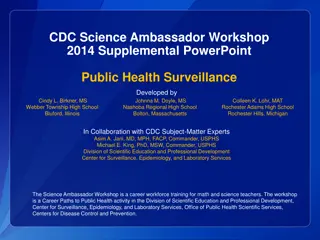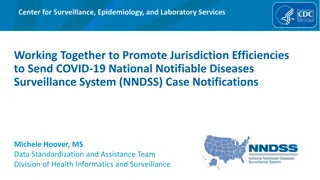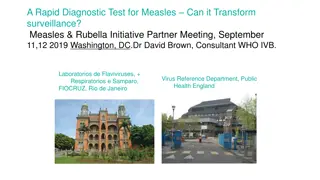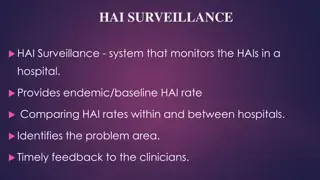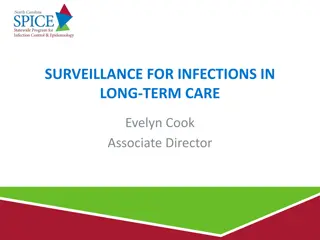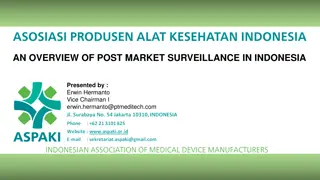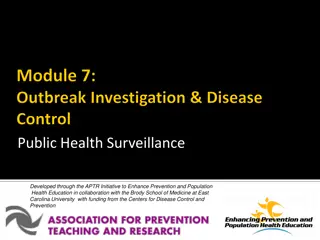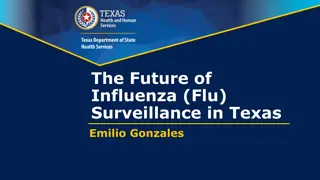Challenges in Healthcare Surveillance Systems & Impact on Health Equity
Healthcare surveillance systems face limitations in reaching high-risk populations, capturing non-fatal overdoses, and obtaining community-level data. This impact exacerbates health inequity and hinders effective public health strategies.
Download Presentation

Please find below an Image/Link to download the presentation.
The content on the website is provided AS IS for your information and personal use only. It may not be sold, licensed, or shared on other websites without obtaining consent from the author.If you encounter any issues during the download, it is possible that the publisher has removed the file from their server.
You are allowed to download the files provided on this website for personal or commercial use, subject to the condition that they are used lawfully. All files are the property of their respective owners.
The content on the website is provided AS IS for your information and personal use only. It may not be sold, licensed, or shared on other websites without obtaining consent from the author.
E N D
Presentation Transcript
Solely focuses on the healthcare system Fails to reach high-risk, hidden populations Exacerbates health inequity Traditional Surveillance Methods Fails to capture non-fatal overdoses Fails to capture community-level data
Improve Overdose Data in Texas Data to Drive Community Response & Prevention Efforts Statewide Dissemination
Integral Care Austin Travis County-EMS Texas Harm Reduction Alliance Austin Recovery Network SxSW Addiction Technology- Transfer Center Travis Co Medical Examiner Vivent Health Alliance of Border Collaboratives Punto de Partida Project VIDA El Paso Fire Department Emergence Health Network Bexar Area Harm Reduction Coalition Street Medicine The Center for Healthcare Services UT Health Sciences Center Street Nursing Southwest Texas Regional- Advisory Council Community Medical Services Peers of Faith Bluebonnet Trails Community Services Life Steps Pavilion Williamson Co
T E C H N I C A L UNIFIED, STANDARD SYSTEM FOR REPORTING ACROSS TEXAS BUILT-IN INTERNAL TRACKING SYSTEM FLEXIBLE DATA ENTRY METHODS DATA SHARING TRAINING FOR APP USE OFFLINE CAPABILITY USER-FRIENDLY H U M A N I S T I C NEED VERSIONS TAILORED TO USER GROUPS PRESERVATION OF COMMUNITY TRUST DASHBOARD DESIGN PERSPECTIVES PERSON-FOCUSED LANGUAGE AND DESIGN PRIVACY WARM TRANSPARENCY OF DATA USAGE




